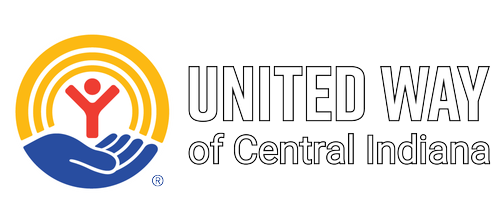
Domestic abuse is always bad, but it happens in degrees. In most cases, it begins in small ways, and escalates over time, as abusers recognize the control they’re able to exert over their victims. As the abuse is escalating, the victims frequently begin to minimize what’s happening, convincing themselves that things really aren’t so bad.
When we receive a call on our 24-hour crisis line, one of the first things we need to do is develop an objective evaluation of magnitude of the situation. That lets us know how much danger is involved, how quickly we must act, and what steps we need to take.
Has the violence increased in severity and frequency over the past year?
We use what we call a Danger Assessment to get that evaluation. Besides giving us the information we need to determine the specific type of help that is needed, using the assessment helps us get past the minimization that so often occurs.
Does he/she follow or spy on you, leave threatening notes or messages on your voicemail
or call you when you don’t want him/her to?
It’s not unusual for callers to second-guess themselves or the reason they called. Yet, as our trained staff members go through each of the nearly two dozen questions, the callers begin to understand the seriousness of their situations.
Does he/she use drugs or abuse prescription medications?
With each “yes” answer to a question, our staff recognizes that the potential for harm is more significant. Many of the callers begin to realize that, too. How does this person know what’s been happening to me?
Is he/she jealous of you? (“If I can’t have you no one can.”)
There are patterns to domestic violence and signs that appear in most abusive relationships. The callers start to see that what they’ve been brushing aside is actually proof that something is deeply wrong.
Has he/she harmed or killed family pets or threatened to do so?
When it’s clear that danger is imminent, we encourage the caller to come to Sheltering Wings. Although we’re nearly always at capacity, we will find extra space for a cot in our living room or study if it means we can save someone’s life.
Has he/she threatened or exhibited fantasies of suicide?
If the Danger Assessment indicates that the threat is not as immediate, we’ll help the caller understand the steps that are needed. Sometimes that still means seeking safety at Sheltering Wings; and it always means developing a safety plan and identifying a safe place to go if things get worse. We’ll also direct them to resources in the community and encourage them to participate in activities such as our Embracing Empowerment support group.
Has he/she injured you, your children, or others enough to require medical attention?
Emergency housing for victims is a critical component of the services we provide, but it’s just one way that we respond to the needs of victims of domestic violence. No two cases are exactly alike, so we adjust our responses accordingly. That way, Sheltering Wings can match the level of protection and services to the perceived danger and serve many more victims.






